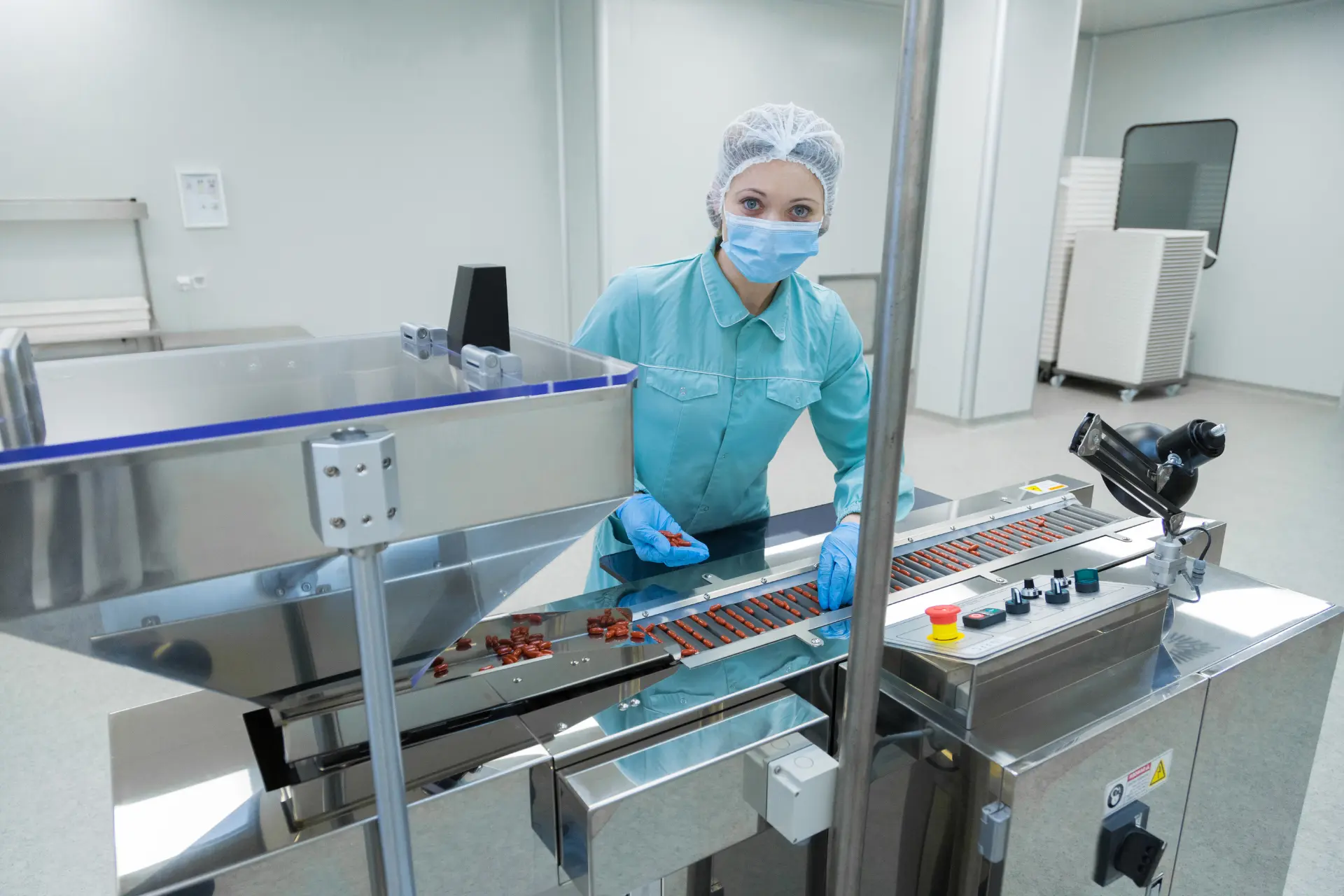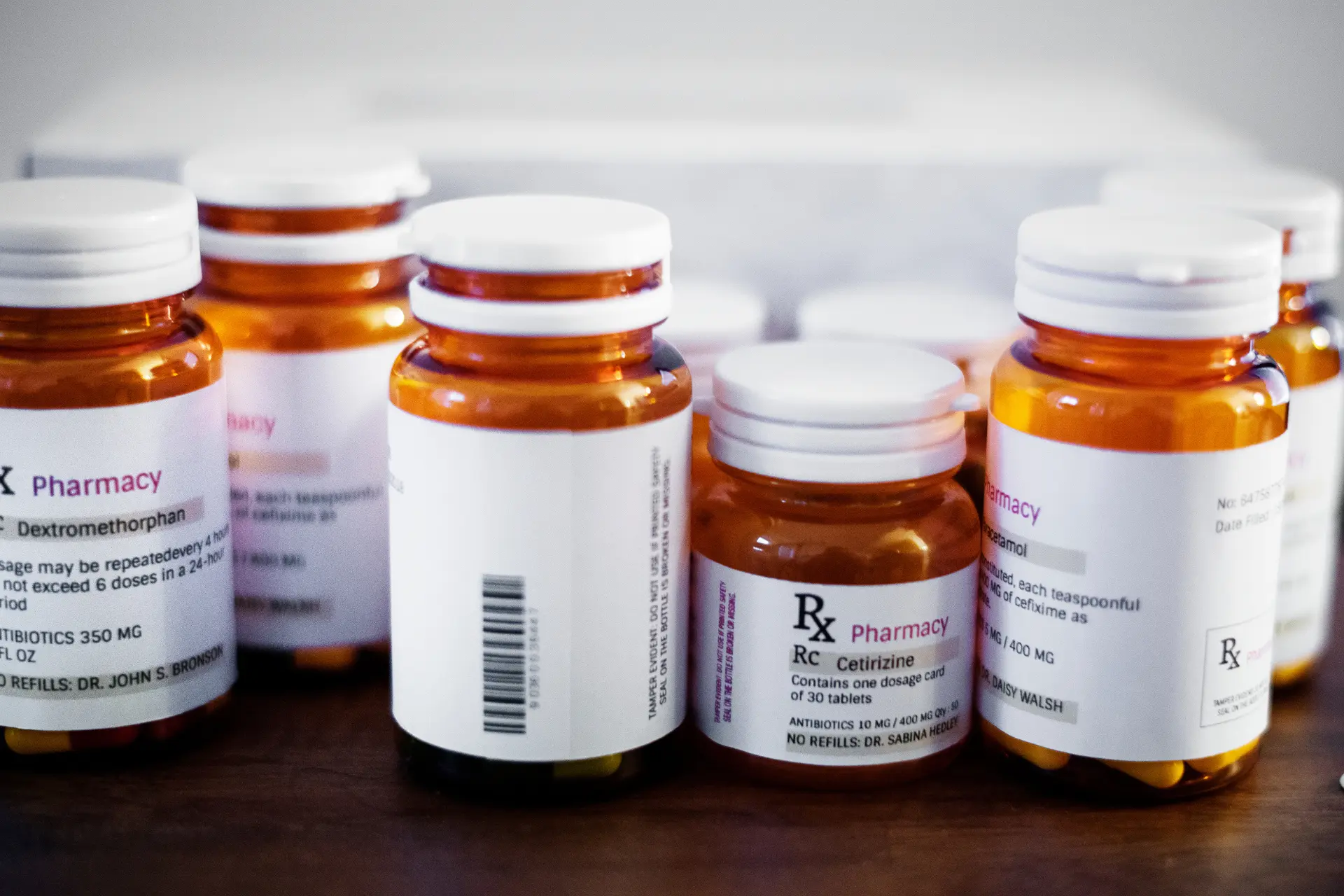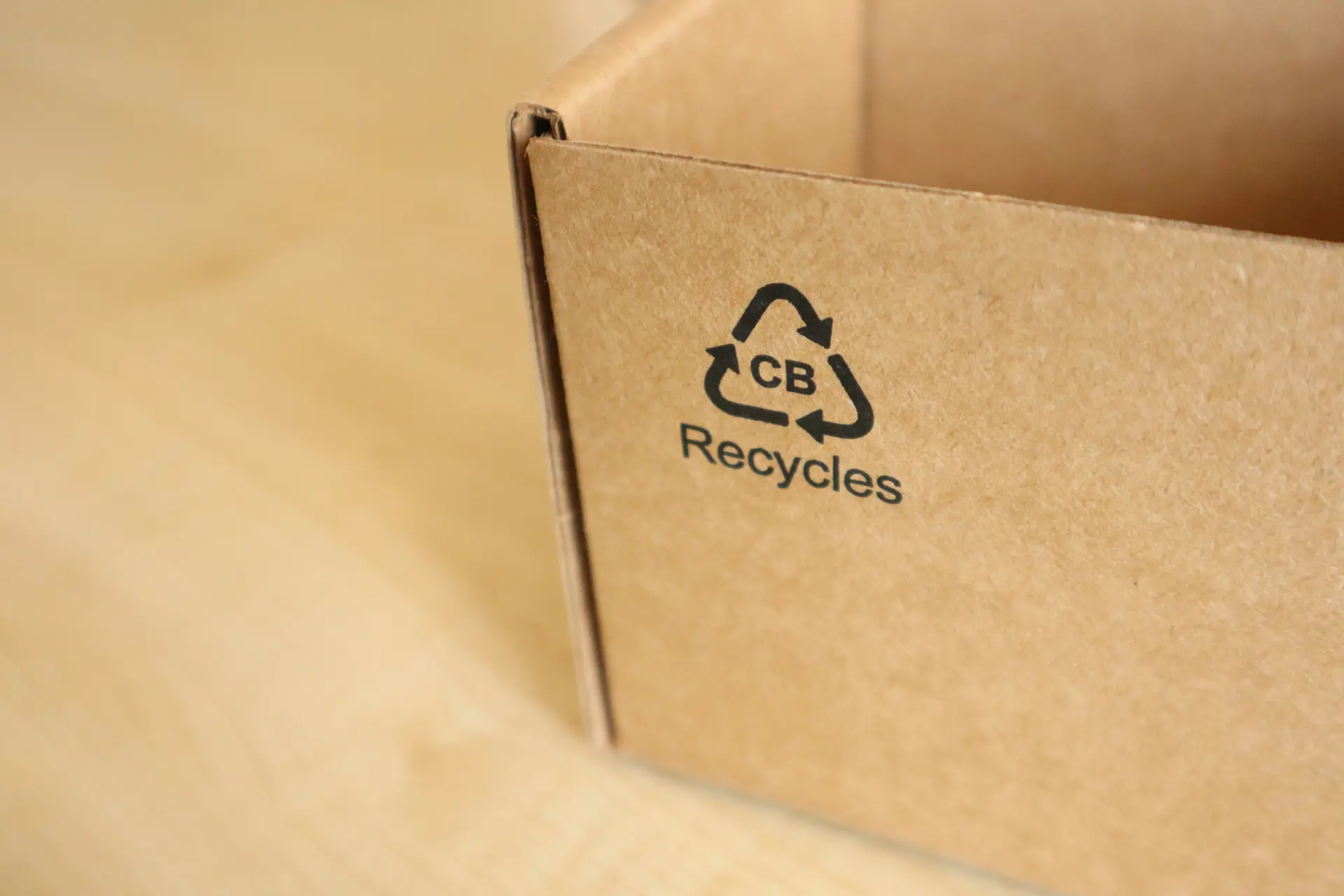Introduction
Food packaging serves several vital purposes. It protects the product, preserves freshness, informs the consumer, and contributes to brand identity. However, packaging materials also carry legal responsibilities. If they interact negatively with food or breach environmental laws, businesses can face significant consequences — including fines, recalls and damage to reputation.
For food manufacturers, brand owners, retailers and packaging suppliers, understanding and complying with packaging regulations is no longer optional. It’s a business necessity.
Understanding Who Regulates Packaging
Regulations vary across regions, but the core objective remains consistent: to ensure that packaging materials are safe, non-toxic, and suitable for their intended use.
In the United States, the Food and Drug Administration (FDA) sets packaging rules under the Federal Food, Drug, and Cosmetic Act. Materials must either be approved or fall under the “Generally Recognised As Safe” (GRAS) category.
The European Union relies on legislation such as Regulation (EC) No 1935/2004, enforced by the European Food Safety Authority (EFSA). Only approved substances are allowed, and compliance must be proven through documentation and testing.
The UK, post-Brexit, largely follows EU packaging law for now, with the Food Standards Agency (FSA) responsible for updates and enforcement. However, UK-specific requirements may evolve.
Canada uses a risk-based model, managed by Health Canada. Though pre-approval isn’t always mandatory, businesses must demonstrate that their packaging does not harm consumers.
China uses national GB standards that cover all aspects of packaging safety, from composition to lab testing. Other Asian markets such as Japan and South Korea have equally detailed local rules.
Many developing countries and international organisations refer to the Codex Alimentarius, a globally recognised standard co-developed by the FAO and WHO, to shape their regulations.
Core Compliance Principles
At the heart of all packaging laws are a few key expectations.
Firstly, packaging must be safe. It should not endanger human health, change the composition of food, or alter its taste or smell in unacceptable ways. Secondly, chemical migration must be tightly controlled. Substances from packaging can transfer into food during storage or heating. Regulators limit both the total amount that can migrate (overall migration) and the migration of specific substances (such as BPA or phthalates).
To ensure traceability, businesses must keep thorough records. This includes material specifications, supplier data, batch numbers, and test results. Manufacturers should also provide a Declaration of Compliance, confirming that the packaging meets the relevant legal requirements.
Good Manufacturing Practice (GMP) is also required. This refers to the controlled, hygienic production of packaging materials and is legally mandated in the EU and UK.
What Materials Are Regulated?
Almost all packaging materials used in the food industry are subject to regulation. Plastics are the most tightly controlled, due to their complexity and potential for chemical migration. Commonly accepted plastics include PET, HDPE, and LDPE, but each must be evaluated for safety based on its use.
Paper and cardboard are considered relatively safe, especially for dry goods. However, coatings, inks and recycled fibres can introduce risks. These must be evaluated, and recycled materials are subject to stricter rules.
Glass is widely used and generally considered inert. However, closures, labels, and decorative coatings also require compliance checks.
Metal packaging – such as aluminium trays or tinplate cans — must have protective linings, especially when used for acidic foods. The linings themselves must also pass migration and safety testing.
Bioplastics and compostable alternatives are gaining popularity, but they are not automatically safe for food contact. They must undergo the same tests as conventional materials.
Recycled materials, particularly plastics, are only permitted in many jurisdictions if they come from authorised recycling systems. These systems must ensure thorough decontamination.
How Regulations Differ by Region
While regulations serve a similar purpose globally, their scope, structure, and enforcement mechanisms differ.
In the EU, the positive list approach strictly limits food contact materials to approved substances. In contrast, the FDA in the United States uses thresholds and safety evaluations but allows more flexibility.
The UK maintains most EU standards but now manages updates independently. Businesses must monitor both UK and EU developments to ensure compliance in both markets.
Asian markets such as China, India, and Japan apply local standards that often require in-country testing and certification. These rules may differ in terminology or acceptable limits, but they are no less rigorous.
Trade agreements sometimes allow for mutual recognition of standards, but in most cases, packaging must meet each market’s local rules — even when selling the same product globally.
Ensuring Compliance in Practice
Meeting packaging regulations isn’t just about choosing the right materials. It’s about establishing and maintaining an infrastructure of data, testing, documentation, and review.
Work with suppliers who understand compliance requirements and provide accurate technical data. Always collect and archive declarations, certificates and migration test results. Before launching a product in a new market, confirm that both the packaging format and materials are permitted.
Routine testing is essential, especially if your packaging will be used for high-acid, high-fat, frozen, or microwaveable foods. Food contact suitability depends not only on the material itself but also on how it’s used.
Review your packaging regularly. A change in food formulation, temperature conditions, or sourcing may require new compliance checks.
Food-Specific Packaging Considerations
Not all food products behave the same way. Acidic foods such as tomato-based sauces can cause corrosion in metal containers if not lined properly. Fatty foods, like cheese or nuts, increase the risk of chemical migration from plastic films.
Frozen foods demand materials that remain flexible and stable at low temperatures. On the other hand, microwave-ready meals need packaging that holds up under heat and remains inert during reheating.
Infant food packaging is regulated with the strictest limits due to the vulnerability of the target consumer. Any packaging used in this space must be thoroughly tested and certified to meet the highest standards.
Fresh produce packaging often incorporates breathable films or modified atmosphere packaging (MAP), which comes with its own set of compliance requirements.
Sustainability, Regulations and Emerging Trends
Sustainability is becoming as important as safety in the regulatory landscape. Governments and consumers alike demand environmentally responsible packaging solutions — and the rules are keeping pace.
Recyclability is now mandatory in many regions. Composite materials that are difficult to recycle may soon be phased out altogether. Packaging levies and taxes are increasingly tied to material recyclability, encouraging businesses to adopt more circular approaches.
Extended Producer Responsibility (EPR) schemes shift the cost and reporting duties of waste management back to the brand owner. Companies must now track what packaging they place on the market, report on its environmental impact, and fund its recycling or disposal.
Marketing claims such as “compostable” or “biodegradable” must be supported by proper testing and documentation. Greenwashing — making vague or false environmental claims — can lead to fines and reputational damage.
What Happens When You Don’t Comply
The risks of non-compliance are serious. A packaging failure could trigger a food recall — even if the product itself is safe. Regulatory fines can be substantial, and retailers may delist products that fail to meet safety or environmental standards.
The reputational damage can be even more long-lasting. In today’s digital world, consumer trust is hard to win and easy to lose. Public exposure of packaging issues often results in more than just a loss of sales — it affects brand credibility across the board.
Looking Ahead
Packaging regulations are set to become more detailed, more digital, and more demanding.
Expect to see greater integration of smart technologies in packaging – including QR codes that trace sourcing, materials, and disposal instructions. This added functionality will likely be subject to its own safety and data privacy rules.
Artificial Intelligence (AI) and digital traceability tools will increasingly be used to monitor packaging performance and automate compliance reporting. Global harmonisation of regulations remains a goal, but for now, businesses must navigate a fragmented legal landscape.
Most importantly, sustainability will move from a marketing goal to a legal requirement. Businesses that embed environmental considerations into packaging design and development will not only stay compliant — they’ll stay competitive.
How 4Pack Can Help
At 4Pack, we understand that managing packaging compliance and sustainability is complex — but it doesn’t have to be.
We provide a packaging data management platform that centralises all critical information about your packaging materials, suppliers, formats, and environmental impact. Our software allows you to control, analyse and report on everything from recyclability and material origin to carbon footprint and packaging weight — all from a single source of truth.
This means less time chasing spreadsheets, and more time making informed decisions.
We make sustainability measurable by automating data collection for ESG reporting and packaging levies. Our tools help you identify areas for improvement, reduce errors, and ensure timely, accurate submissions across multiple regions.
4Pack also improves collaboration across your business and supply chain. Whether it’s your marketing team, compliance department or packaging supplier, everyone can work from the same dataset – enabling smarter development, stronger partnerships, and faster innovation.
Most importantly, 4Pack integrates sustainability directly into the product development process. By embedding checks and balances from the outset, we help your business avoid costly retrofits and meet growing consumer and regulatory expectations for responsible packaging.
Summary
Food packaging regulations are no longer just the concern of technical teams or legal advisors. They impact your brand, your market access, your environmental credibility, and your bottom line.
Compliance begins with understanding the rules — but it ends with having the right tools and partnerships in place. With 4Pack, you gain control over your data, clarity in your reporting, and confidence in your packaging choices.
Ready to transform how you manage packaging data and compliance?



